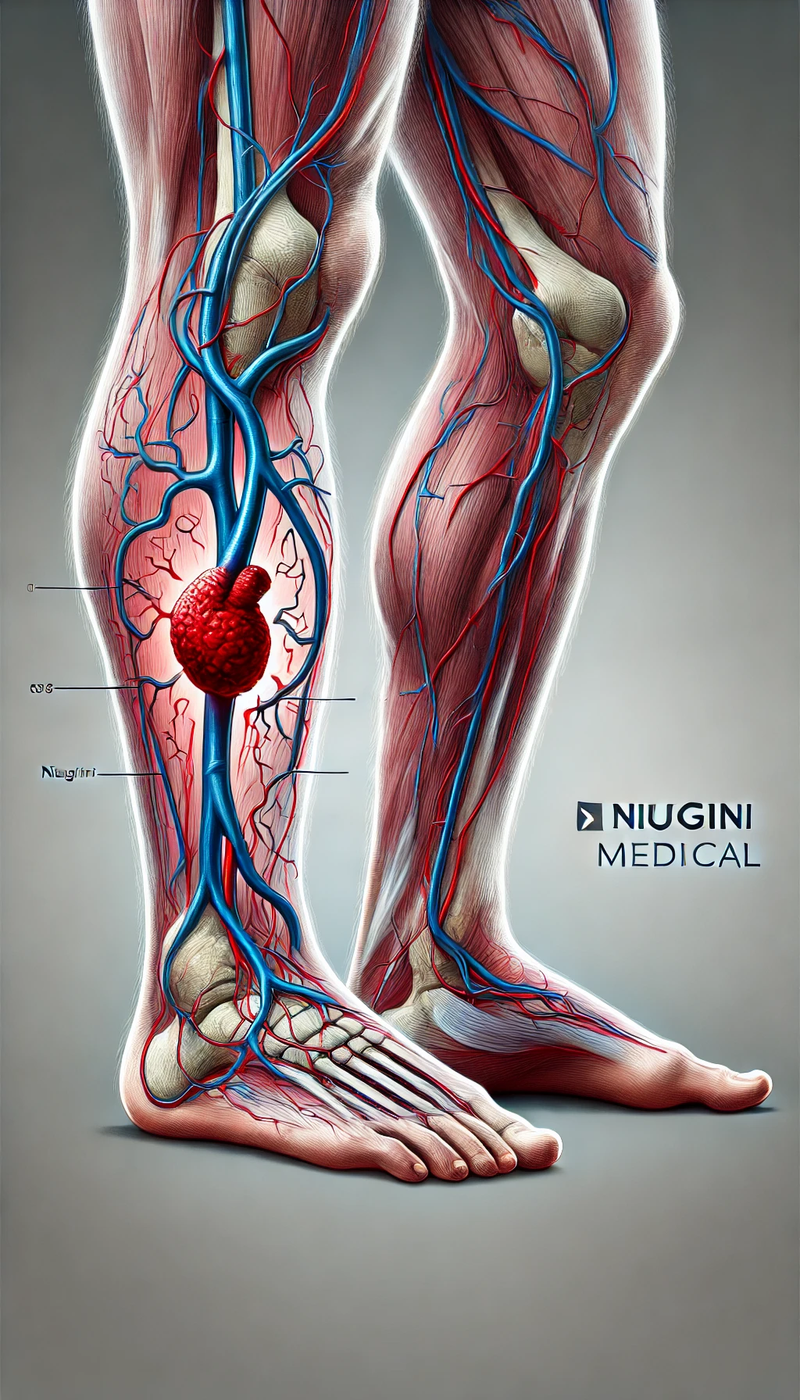Test for Blood Clot (D-dimer)

D-DIMER- DEEP VEIN THROMBOSIS
Question 1. What is D-dimer?
D-dimer is pieces of protein released into circulation from blood clot or broken down fibrin mesh.
Question 2. What is it used for?
D-dimer is used to detect presence of blood clot in the vessel system. It is commonly used to diagnose deep vein thrombosis (large clot in the veins of calf or thigh area). It can also be used to detect pulmonary clot emboli (Pulmonary Embolism) blocking off blood supply to the lungs.
Question 3. How do you interpret the test?
Normally d-dimer is undetectable in blood. When d-dimer is negative, DVT is very unlikely and no further test is needed. with negative d-dimer test. In other words d-dimer is sensitive test for excluding DVT. A positive test indicates presence of blood clots. Since clots can form under various disease conditions, such as infection, inflammation, cancer and trauma, any positive tests require addition test to rule out DVT and PE such as Doppler ultrasound scan of leg veins or CT lung scan, respectively.
Question 4. How does Deep Vein Thrombosis (DVT) occur?
DVT occurs in the setting of damaged blood vessels, sluggish blood flow as happens when person is at rest or inactive for longer periods when too sick to move about or after major surgery, or during long flights. It can also occur in the seatings of increased blood thickness as in cancer patients and inflammatory conditions.
Question 5. What are the signs that I have DVT?
Complaints of leg pain and numbness could suggest DVT. The affected leg may be red, warm and swollen compared to the normal side.
Question 6. What is the complication of DVT?
Bits of clots may break off and enter venous circulation to the right heart. From there the clots can be pumped into pulmonary circulation blocking of blood supply. This is referred to as pulmonary embolism,
Question 7. What are the signs that I have Pulmonary Emboli (PE)?
PE patients complain of sudden onset of sharp chest pain, sweatiness, breathlessness and palpitation and may even faint or collapse in severe cases.
Question 8. Can d-dimer be negative even if I have DVT?
No. D-dimer is sensitive test. It means negative test often suggests no DVT in 95% of the times. For positive results additional tests as Doppler ultrasound is required to exclude DVT.
Question 9. What other tests are available for diagnosis of DVT?
DVT can also be diagnosed with Doppler ultrasound and venography.
Question 10. What other tests are available for diagnosis of PE?
Chest-xray, CT pulmonary arteriogram and ventilation-perfusion (VQ) scan (V/Q scan) are available for confirmation tests.
Further Information:


